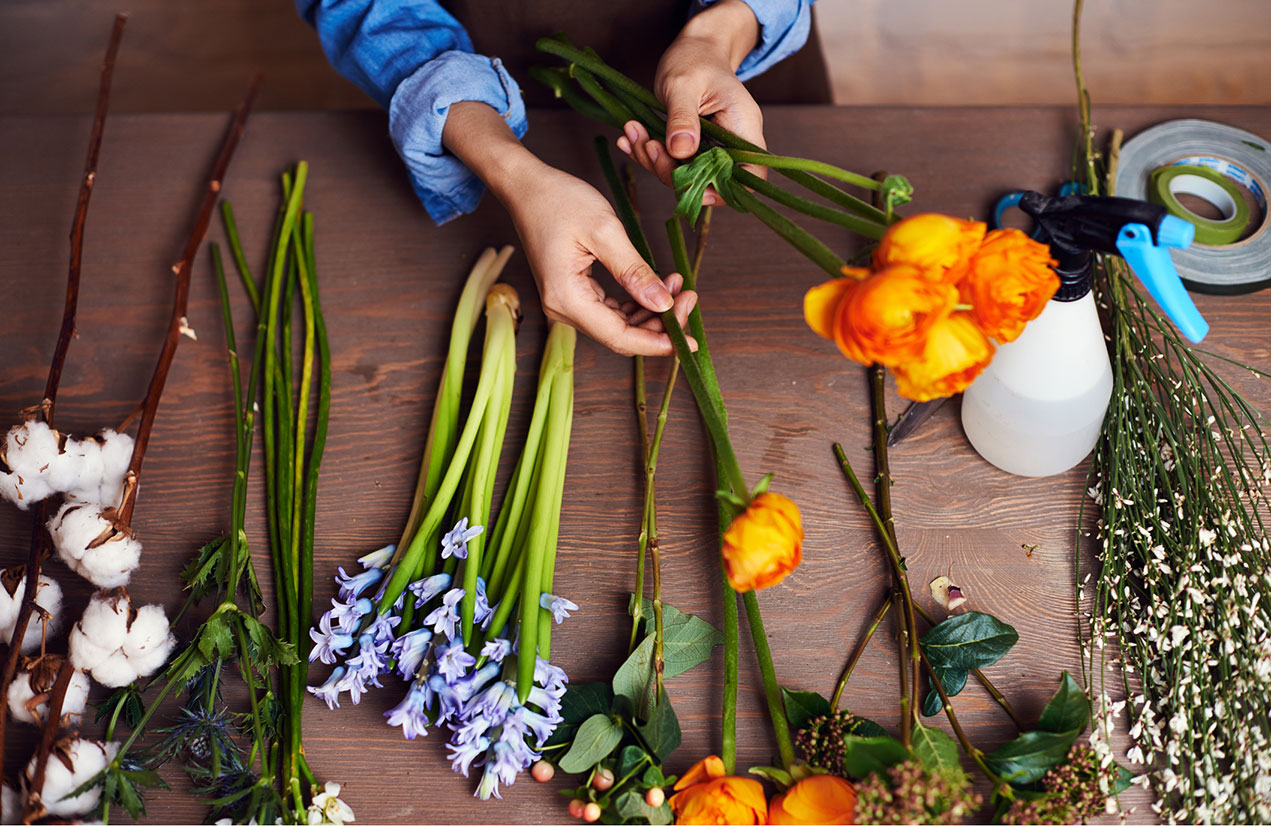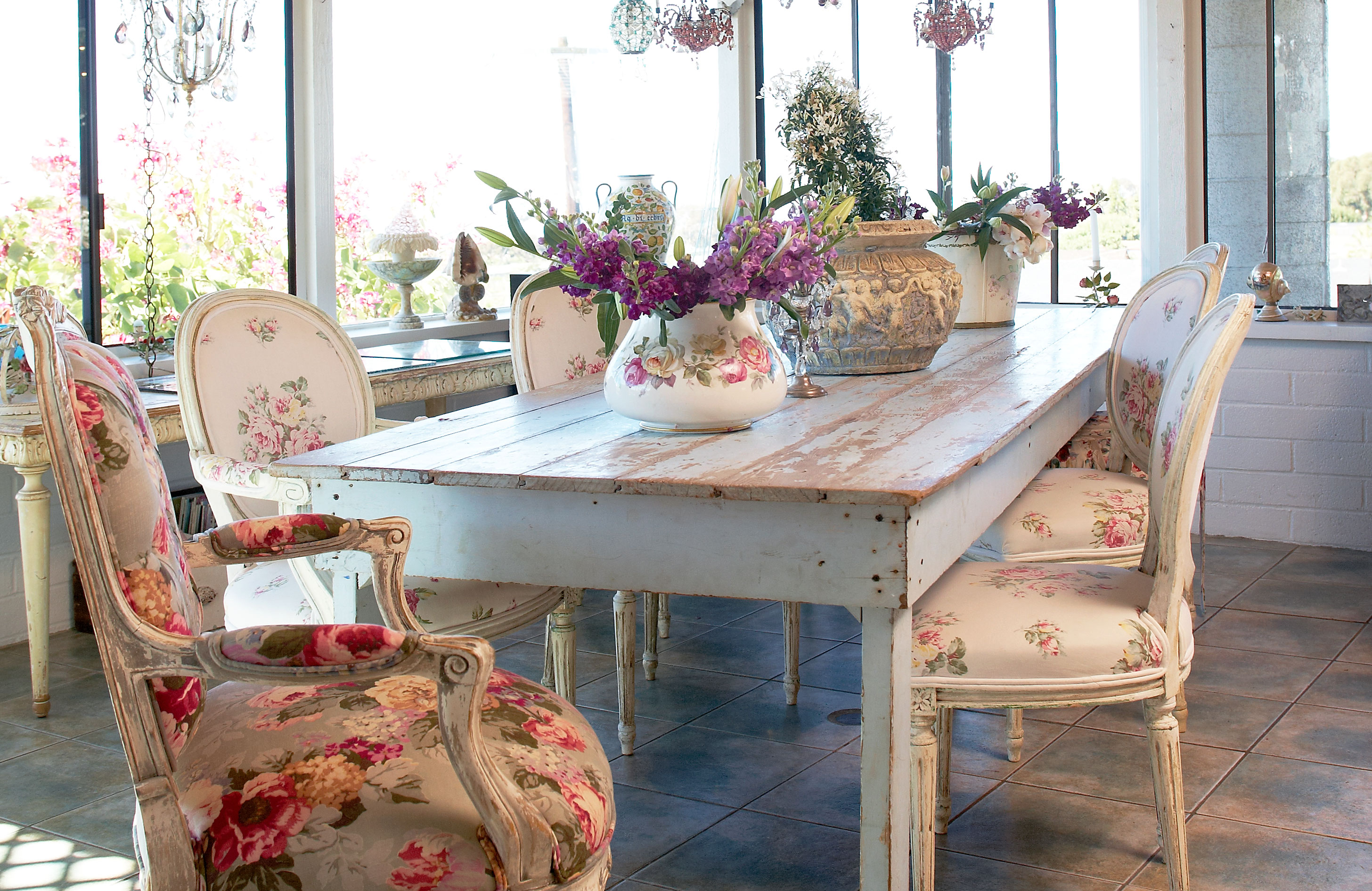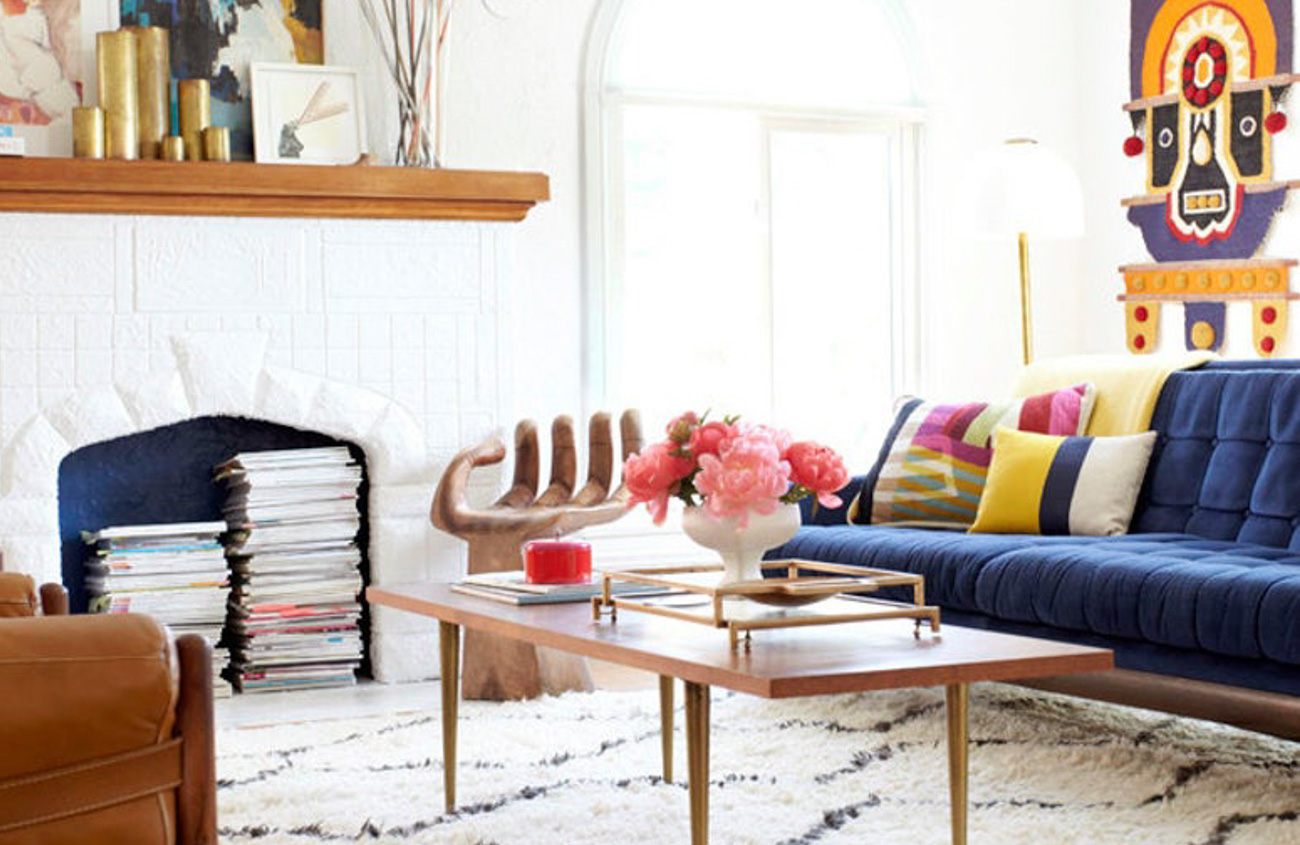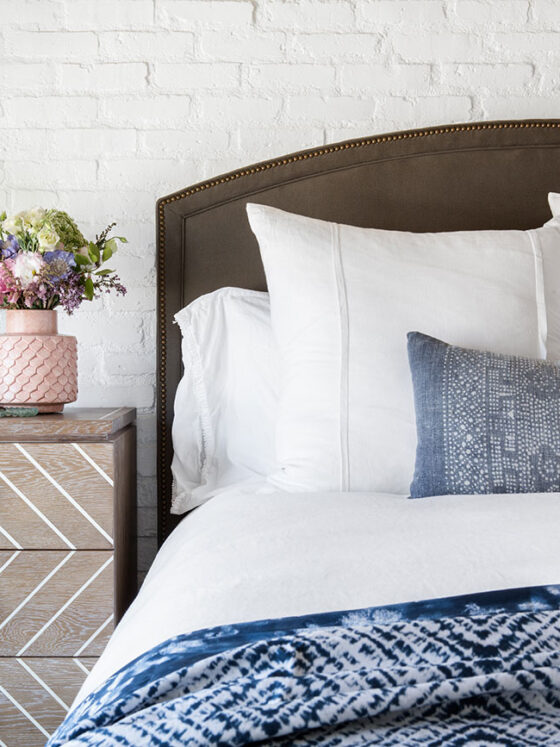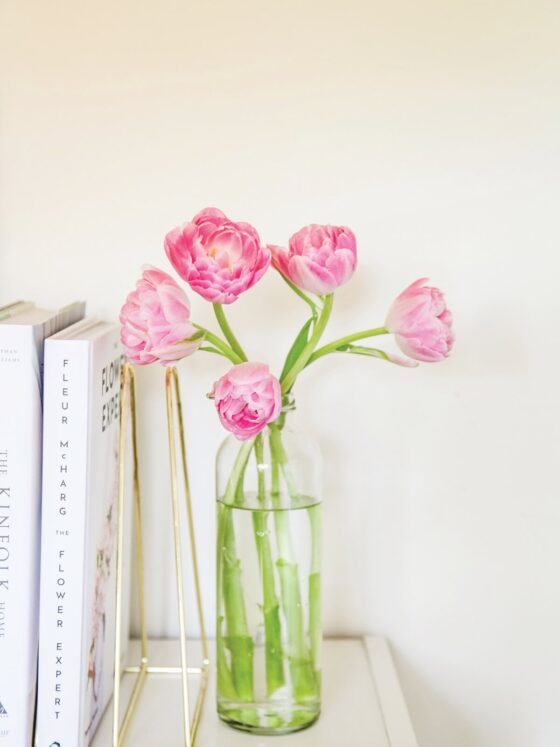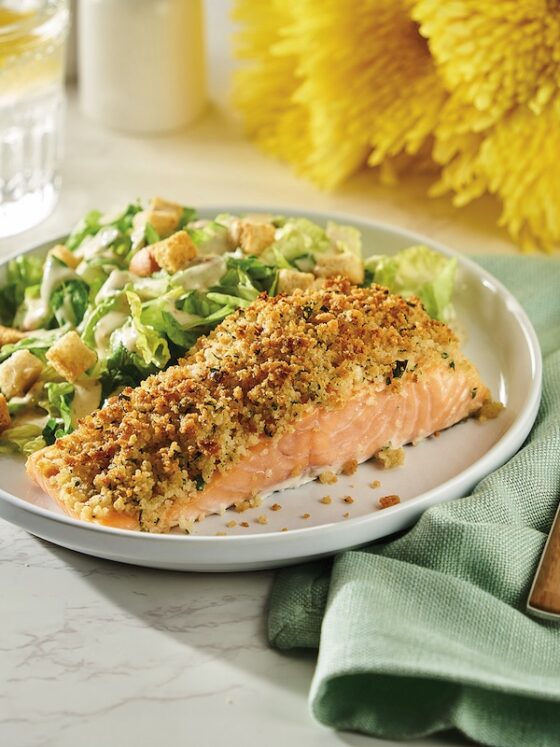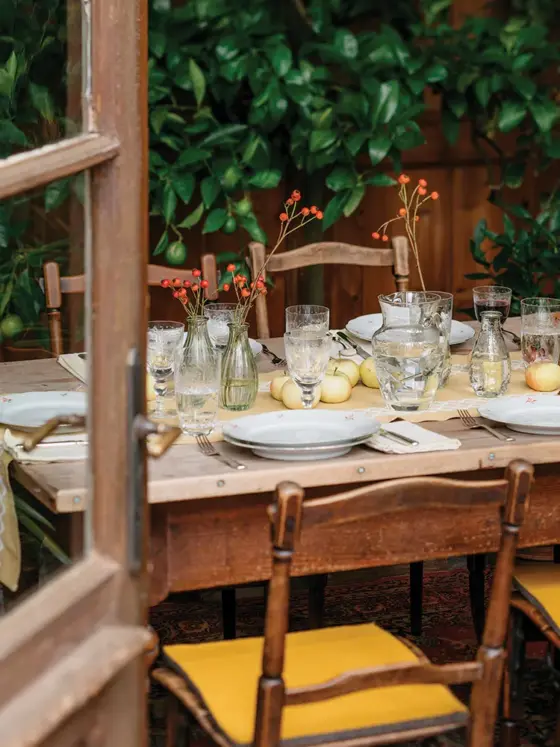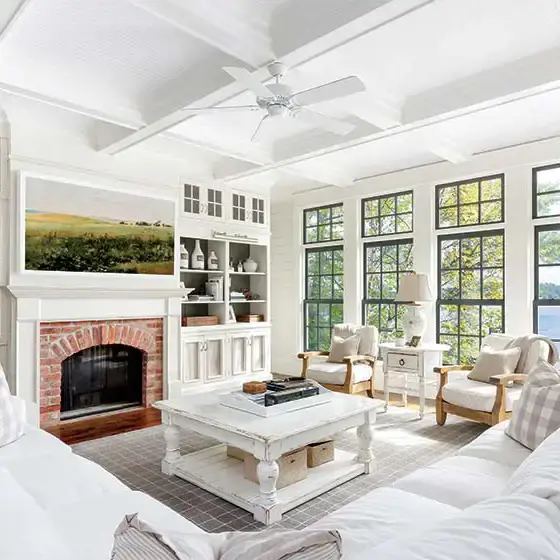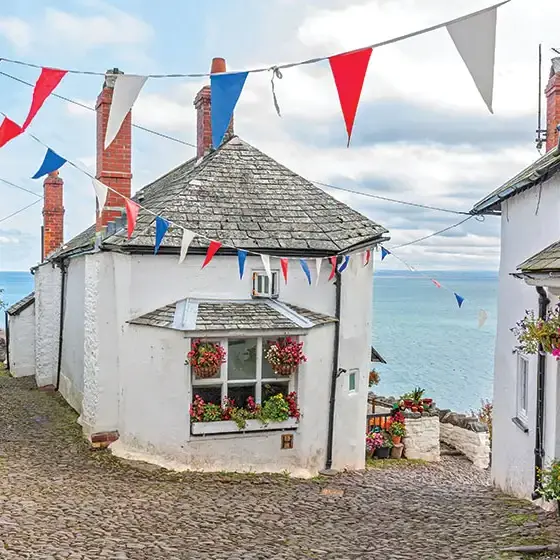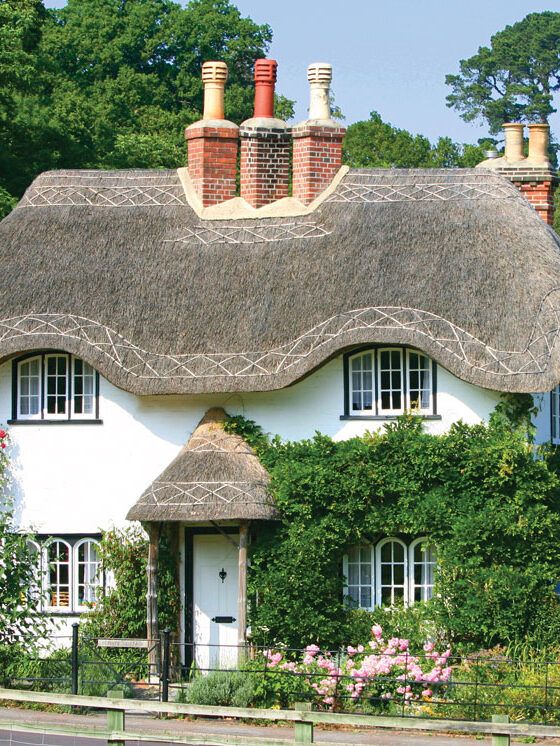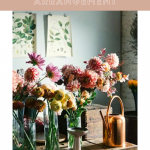There’s something very special about bringing home bunches of florals that spark joy and using them to make your own gorgeous flower arrangement. However, some of us don’t know exactly where to start. Here are a few inspirational visuals, along with clear ideas on how to dig in.
In her book, The Flower Fix: Modern Arrangements for a Daily Dose of Nature, flower stylist and author Anna Potter shares her philosophies (and instructions) on arranging flowers in the home, and it’s all about celebrating the wild side.
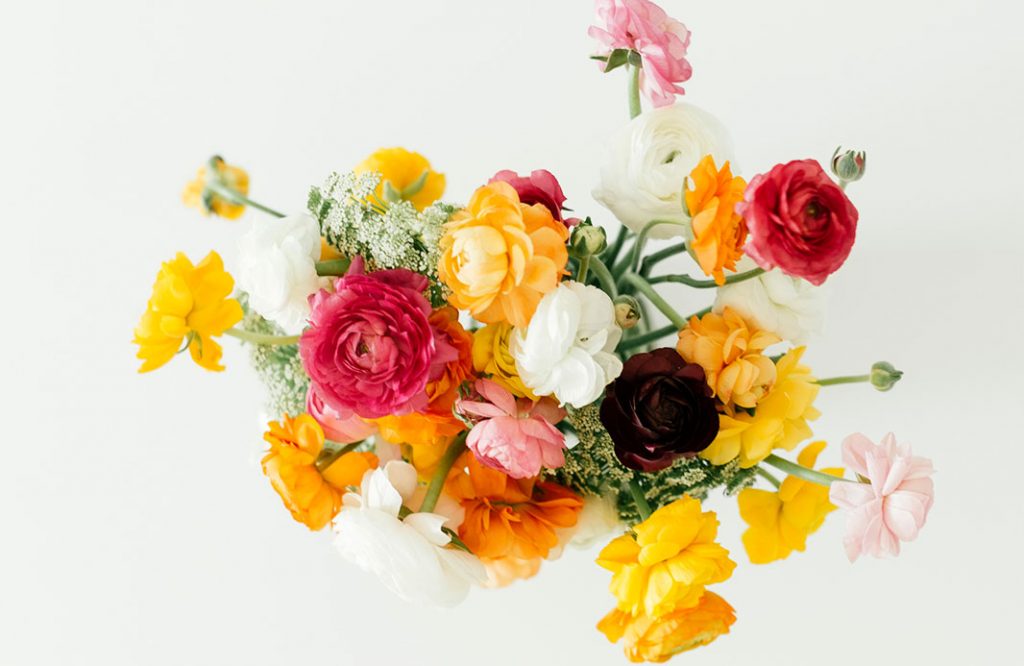
To select flowers for your own floral creations, or when swapping in different seasonal alternatives, it is useful to keep in mind the different elements needed to create a well-balanced design. In most vase arrangements, I look to work with the following categories.
Start Here…
Focal flower: Start with a large-headed bloom to take center stage, such as a rose, dahlia or peony.
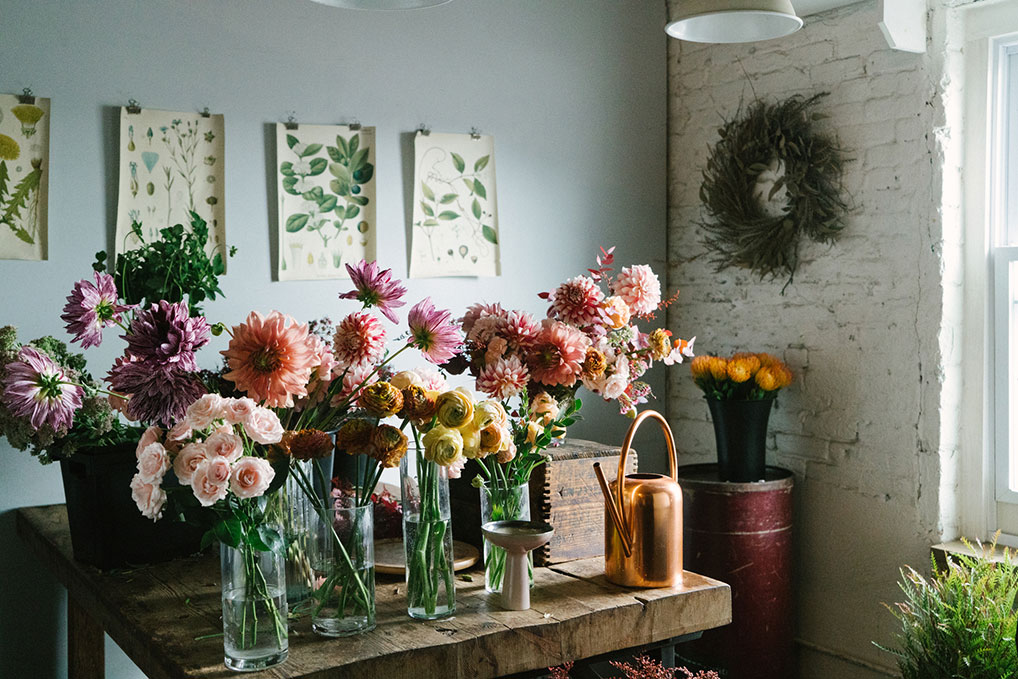
Secondary flower: You’re going to need something to play alongside the lead-in your flower arrangement, for example a smaller rose, cosmos, hellebore or lisianthus.
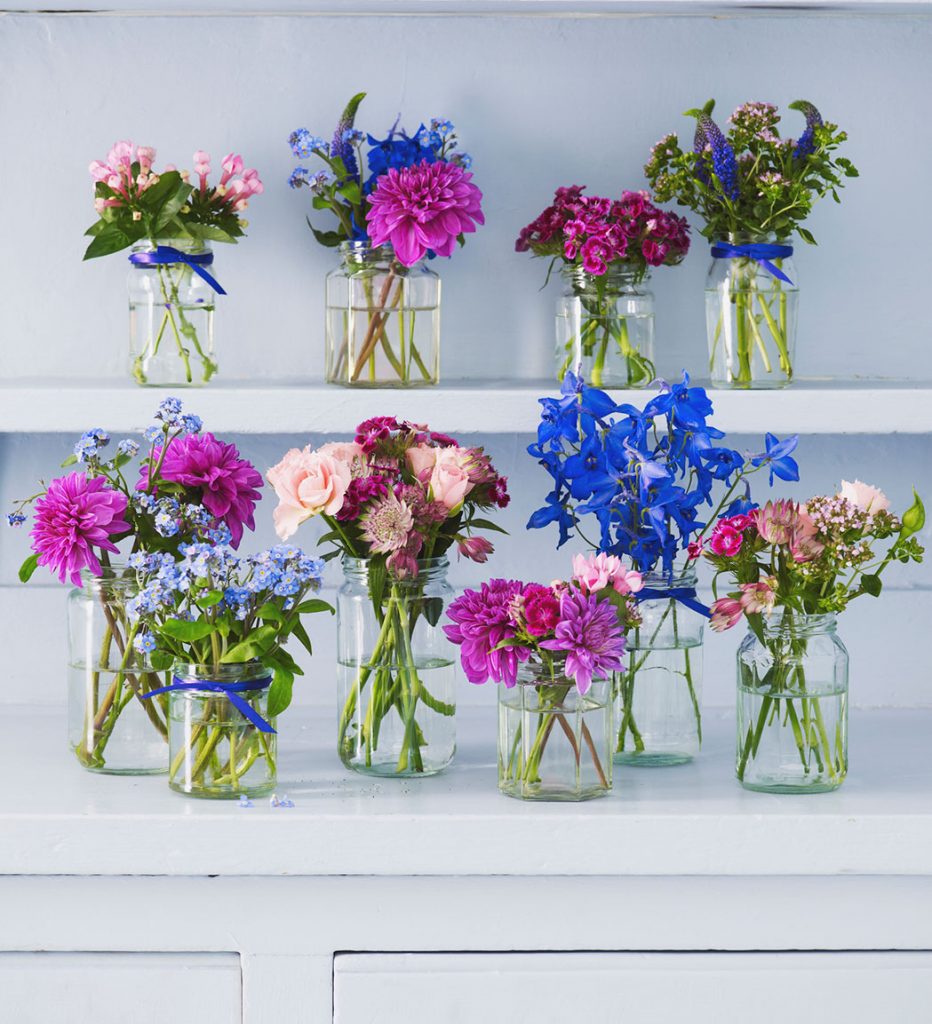
Height and texture: A few taller stems to achieve the highest points in the design. Foxgloves, snapdragons and larkspur work well here. Texture could take the form of a whole world of seedheads, grasses and thistles.
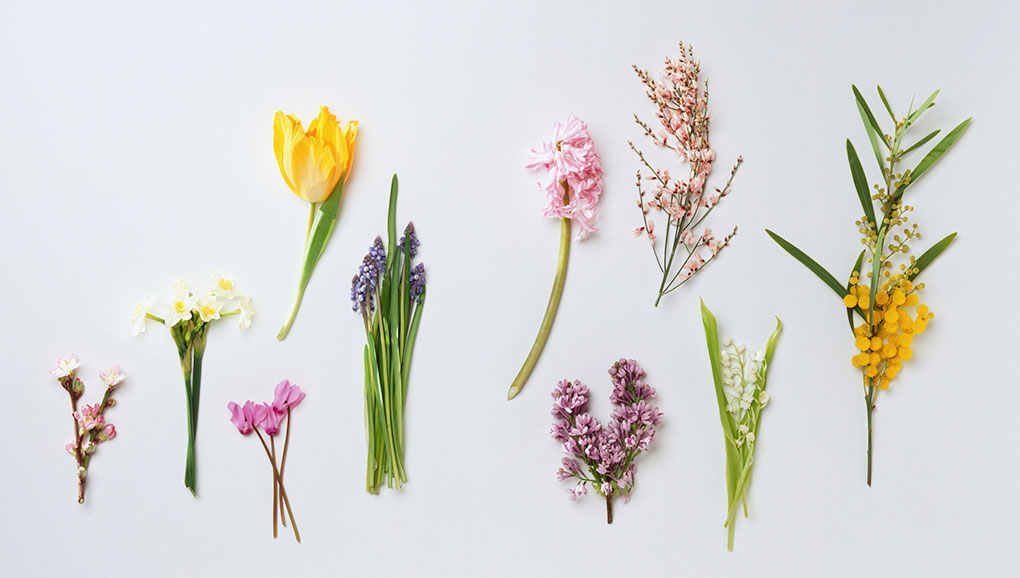
Filler flower: A smaller, more delicate or bushy flower to fill in spaces, which can be dotted around the arrangement, a little like seasoning. Astrantia, wax flower and nigella are good examples.
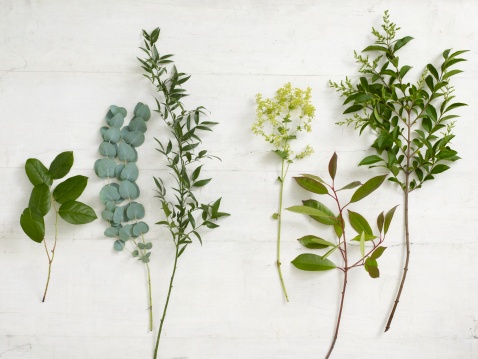
Foliage: Sometimes only very little foliage is necessary. I like to choose tonal varieties in keeping with the flower selection. Generally smaller, more delicate leaves work best, rather than anything too stiff and solid.
Looking for a fun DIY floral project? Check out this post on handmade Decorative Wreaths.
Of course, don’t forget to follow us on Instagram, Facebook and Pinterest to get your daily dose of cottage inspiration!

